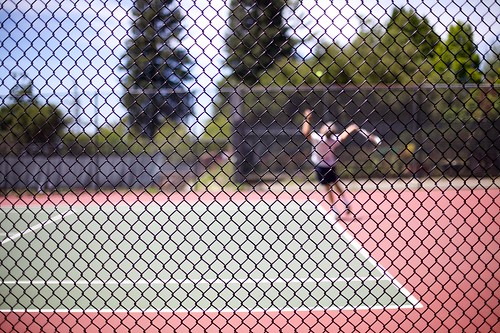A friend of mine has a job offer from a small technology startup. They just got funding and he's considering joining the ten or so other folks working there. His worry: what if their main product doesn't work out? What if it's a market failure? What then? Is he stuck looking for work again?
With the right team the answer is: no. The ideas will evolve quickly, and the team will land on something which is really going to work. It needn't look at all like the product they're building today, and that's OK. In fact a slavish adherence to the original plan, in the face of market ambivalence, is an extremely common failure mode for startups.
There are a number of great examples of adaptability from technology startup history. Here are two.
Exhibit A: Twitter. Here's how TechCrunch reported the debut of "Twttr" back in summer 2006.
...the fact that this is coming from Odeo makes me wonder—what is this company doing to make their core offering compelling? How do their shareholders feel about side projects like Twttr when their primary product line is, besides the excellent design, a total snoozer?The point being that Twttr at the time was indeed a side project of Odeo—a company which was doing something completely different. Three months later Obvious Corporation (founded by Ev and Biz and Jack, now familiar as the inventors of Twitter) acquired Odeo, as well as the Twttr product, and six months after that Twitter was spun off as its own company. (Disclaimer: I work for Twitter)
Exhibit B: I'll let Cory Doctorow tell the story, as he told it on This Week in Tech last week.
Here’s what I mean by innovative, fast, smart development.And funnily enough you can see the vestige today in Flickr URLs like http://www.flickr.com/guidelines.gne. Originally the .gne stood for "game neverending", the Flash game which was the Flickr precursor.
When I was dating the woman who is now my wife, Alice, I was on the board of a company called Ludicorp and they made a little flash game that was really fun. Alice lived in London, I lived in San Francisco and we had this long-distance relationship, and one day the Founder of Ludicorp came over to my place in San Francisco and said how’s it going with Alice? And I said you know, it’s going great and we share these photos of our days as we go through the day, but it’s a pain to do it, and he said, Oh! we’ve got photo sharing coming in the game, we’ll accelerate that feature.
And people really liked it. So they were revving the game a lot, like every 30 minutes, and eventually that feature grew to eclipse the game and they retitled the service Flickr.
This is an old concept: the 'A' team with a 'B' idea versus a 'B' team with an 'A' idea. Investors tend to prefer the former. Why? Because there's a good chance they'll improve upon the 'B' idea to make it great—whereas the 'B' team will most likely simply fail to execute on their 'A' idea.
I'm excited for my friend. I happen to think that the startup in question has a great team and will find success even if it's not based on their current product.
Unrelated: a photo from this weekend:

No comments:
Post a Comment